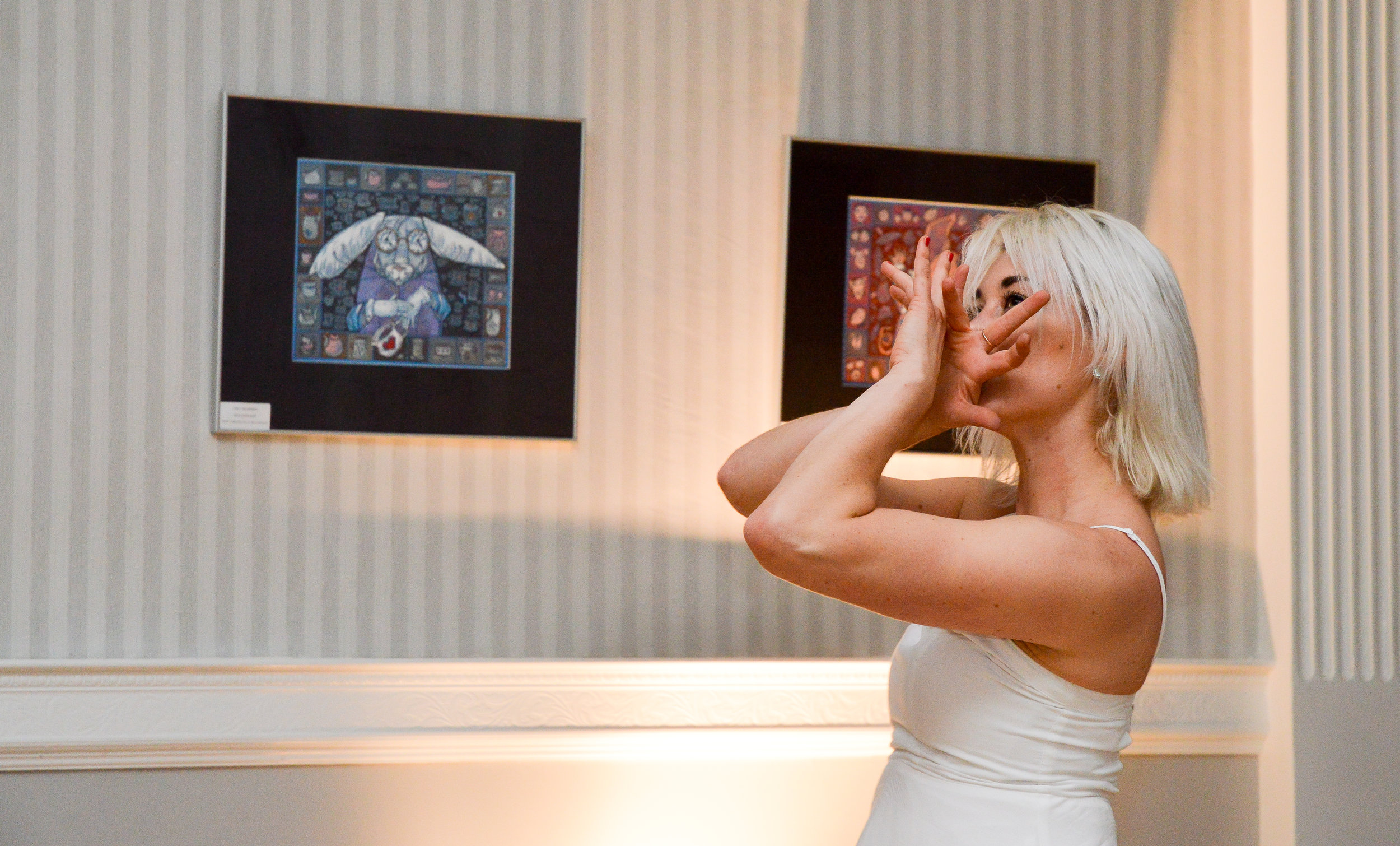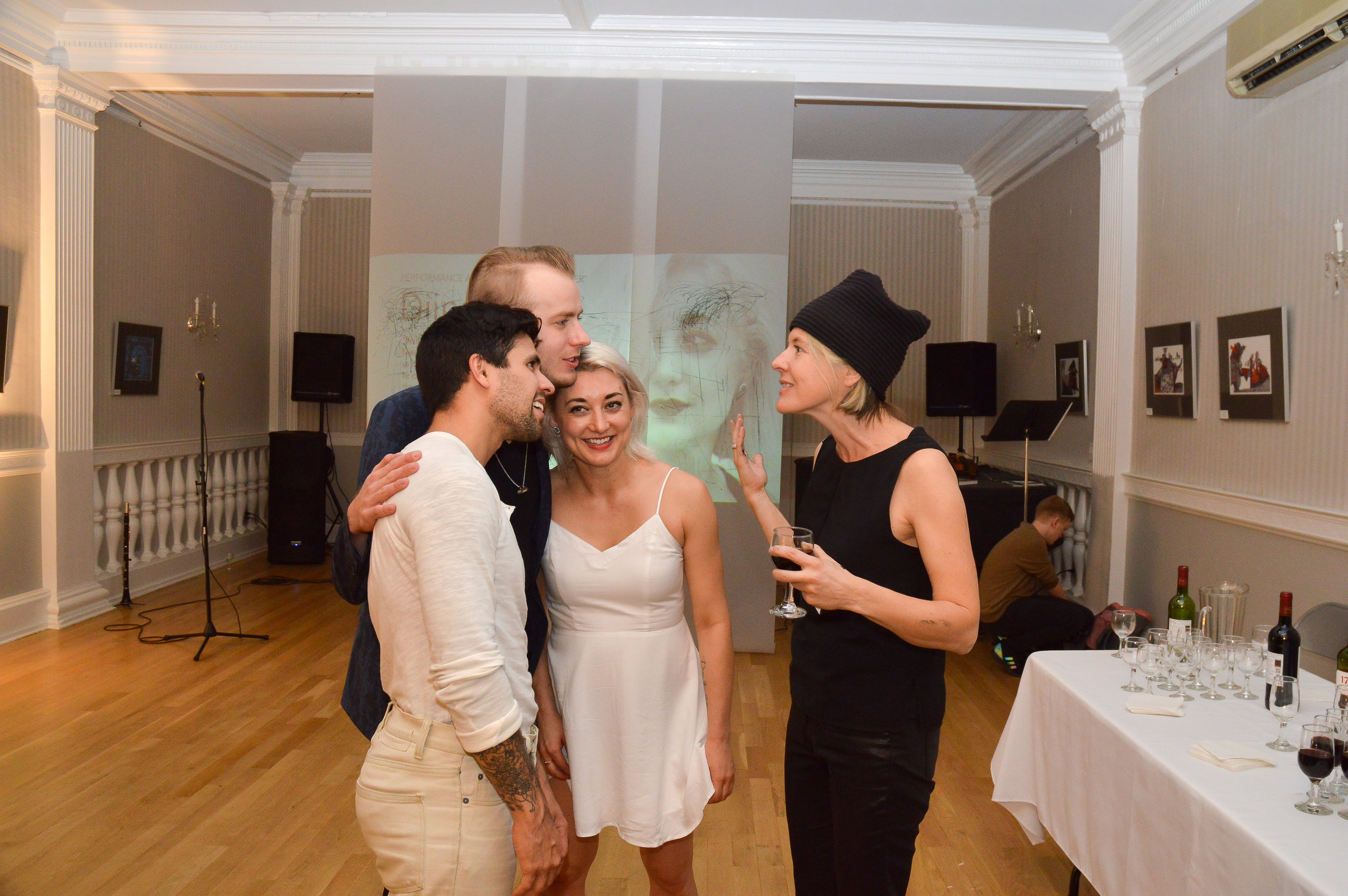Performance art show celebrated Louis Kahn's Estonian roots
On Saturday, Oct. 29th, The Foundation for Estonian Arts and Letters hosted a benefit performance of Kahn: Islander, an interdisciplinary performance piece about the connection between the great architect Louis Kahn and Estonia, conceived and directed by artist Jaanika Peerna.
Louis Kahn, one of the 20th century’s greatest architects, was born in Estonia in 1901 and emigrated to the US at the age of five in 1906. In recent years Estonia has become interested in wondering in what way Kahn’s aesthetic and approach to architecture might connect to something inherently Estonian, in particular because he spent his earliest years in a small apartment in Kuressaare, on the island of Saaremaa, with a view of the famous Kuressaare Castle, a rather strange and modernist-looking castle even though it dates from the fourteenth century.
Kahn’s work is known for its geometrical abstraction, delicacy, and a certain poetic quality. One of his greatest buildings is the Jatiyo Sangsad Bhaban, the national parliament building in Dhaka, Bangladesh, begun in 1962 and finished after Kahn’s death in 1974. This extraordinary building, often on lists of the greatest architectural masterpieces of the twentieth century, takes the form of a mysterious modernist castle in the midst of a glassy lake — perhaps a realization of Lou’s earliest memories of Saaremaa?
It is this possibility that has inspired Estonians to reconsider the nation’s relation to one of its most famous emigrants, and it is the potential aesthetic link between an Estonian sensibility and this singularly great architect that has motivated this series of three performances.
In the first, Jaanika Peerna drew on mylar sheets with projections of morphing images of the Kuressaare Castle and the Dhaka Parliament building, visually evoking the connections, while David Rothenberg read a text based on the words of Louis Kahn: “Architecture is what nature cannot make. Nature cannot make anything man makes. Nature never works in isolation. But man works with his isolation. I was at first alone with the way I saw how to build the world. Always drawing, always seeing shapes. In the places I traveled, the castles I recalled. One day I knew someone would hire me to build a castle. But who? When?”
Next musicians Valev Laube and Evan Basta played Estonian folk music on violin and viola of the sort Kahn might have heard on Saaremaa as a small boy, beginning with an archival recording from the early twentieth century.
The final piece featured dancers Diina Tamm and James Koroni. The choreography was inspired by Louis Kahn's creation process. According to Kahn interpretation requires insight- a sight within. In order to create something one must go back to the basic origins of the concept, explore it through child's eyes. He found inspiration in rather light than darkness. The opening dance “Childhood Waltz” played on Estonian traditional zither symbolized Kahn's childhood years in Kuressaare. Memories and experiences from that time likely influenced his work later in life on more or less subconscious level.
The videos for the performance art show were made by Valev Laube, who also curated the design and promotion of the event.
Kahn: Islander was a preview of a larger event oriented for the general public that it is hoped will premiere around the time of the Estonian Cultural Days this Spring in New York. The Foundation for Estonian Arts and Letters helps to promote Estonian culture to the wider American community, and funds raised from this event will help make the Estonian Cultural Days possible along with other events throughout the coming year.
David Rothenberg
Source: Vaba Eesti Sõna


































